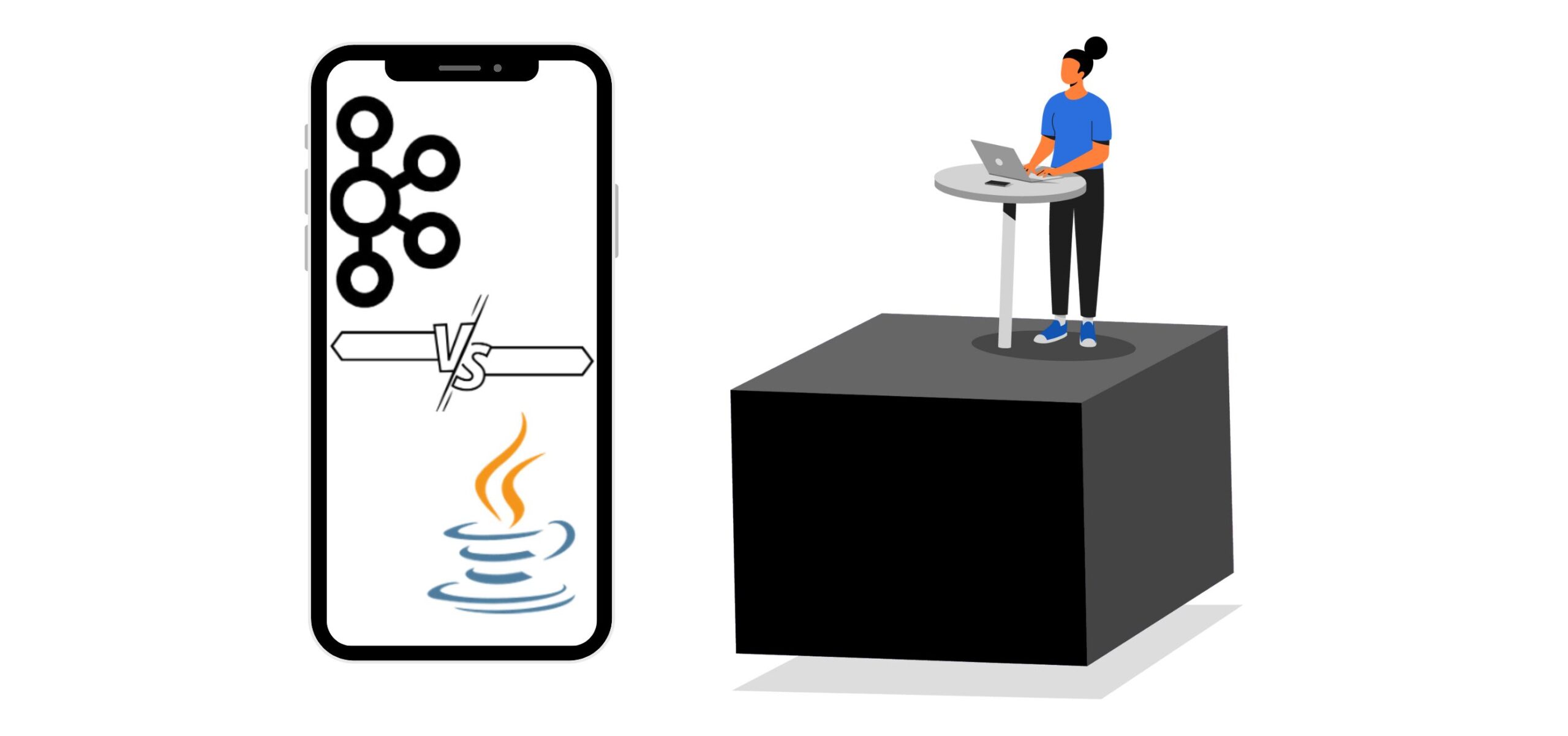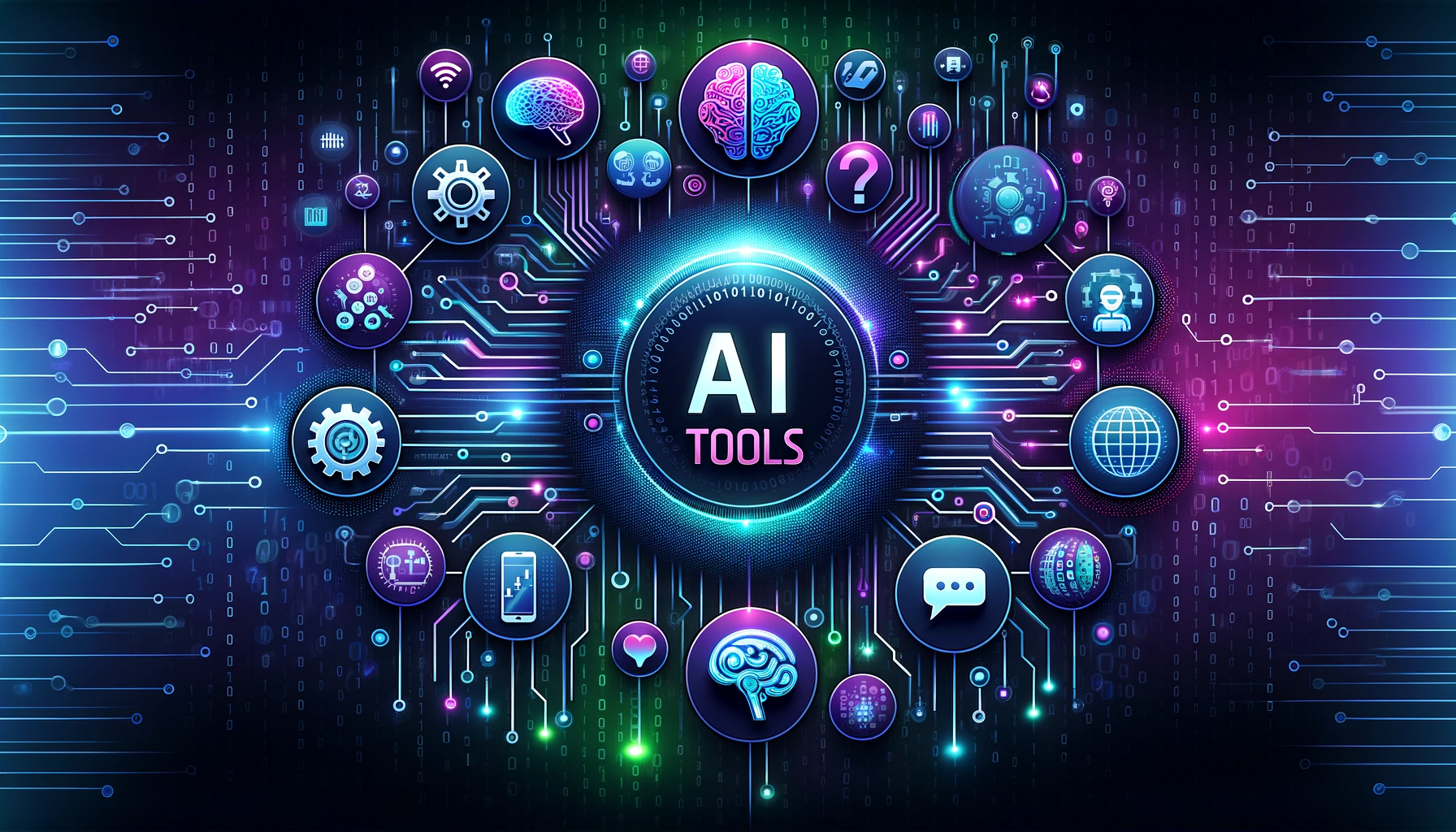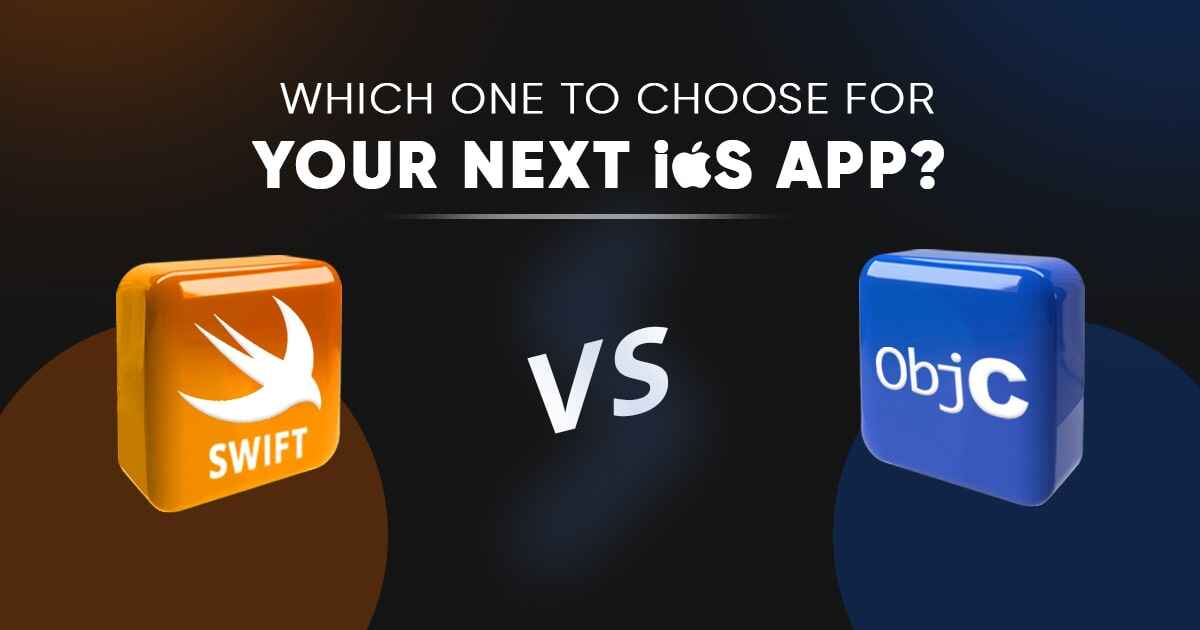Introduction
When it comes to software development, the choice of programming language is critical. Two of the most talked-about languages are Golang (Go) and Java. Each has its strengths and weaknesses, making the decision far from straightforward. This guide aims to dissect key aspects of Golang and Java, from performance and syntax to ecosystems and learning curves, to help developers make an informed choice between these two powerful languages.
Golang and Java: An Overview
Golang, often referred to as Go, is a statically typed, compiled programming language designed at Google by Robert Griesemer, Rob Pike, and Ken Thompson. Go emphasizes simplicity, efficiency, and reliability, offering features like garbage collection, a rich standard library, and strong support for concurrent programming.
Java, on the other hand, is a class-based, object-oriented programming language that has been a cornerstone of enterprise development since its inception by Sun Microsystems in 1995. It is renowned for its portability across platforms, extensive library support, and robust community, making it ideal for everything from web applications to Android app development.
Performance Comparison
When considering a programming language for your next project, performance often tops the list of considerations, particularly for applications demanding high efficiency and speed. Both Golang and Java offer compelling performance characteristics, but they shine in different areas and scenarios. Below is a detailed performance comparison between Golang and Java to help you understand which might better suit your project's needs.
|
Criteria |
Golang |
Java |
Remarks |
|
Execution Speed |
Typically faster, especially for programs that benefit from concurrency |
Can be slower to start but performs well once JIT compilation kicks in |
Golang's compiled nature gives it an edge in startup and execution speed. |
|
Concurrency |
Native support through goroutines and channels |
Managed through threads and concurrency libraries |
Golang's concurrency model is more modern and integrated, leading to more efficient parallel processing. |
|
Memory Management |
Efficient garbage collection tailored for minimal pause times |
Advanced garbage collection with customizable behavior |
Both languages offer robust garbage collection, but Go's model is simpler and often more predictable. |
|
CPU Usage |
Generally more efficient, with lower CPU overhead for concurrent tasks |
Can be higher, especially in applications not optimized for Java |
Golang's efficiency in CPU usage makes it ideal for scalable cloud and microservices applications. |
|
Application Type |
Ideal for microservices, cloud-native applications, and utilities |
Preferred for large-scale enterprise applications, Android apps |
The choice may depend on the specific type and requirements of the application being developed. |
Remarks:
- Execution Speed: Golang's compiled nature typically allows for faster startup and execution times compared to Java. However, Java's Just-In-Time (JIT) compilation can optimize the code during runtime, making long-running Java applications very efficient.
- Concurrency: Golang's built-in support for concurrency with goroutines and channels makes it highly efficient for applications requiring concurrent processing. Java handles concurrency through threads, which can be more cumbersome and less efficient in some scenarios.
- Memory Management: Both languages are equipped with automatic garbage collection. Golang's garbage collector is designed for minimal pause times, enhancing performance for real-time applications. Java's garbage collector is highly customizable, which can be advantageous for tuning performance in complex applications.
- CPU Usage: Golang tends to be more CPU efficient, particularly for applications with high levels of concurrency. This efficiency makes it a preferred choice for scalable applications, especially in cloud and microservices architectures.
- Application Type: The choice between Golang and Java might ultimately come down to the type of application you're developing. Golang is often the go-to for fast, scalable services like microservices or cloud-native applications, thanks to its efficiency and simplicity. Java, with its extensive library support and mature ecosystem, remains a solid choice for enterprise-grade applications, complex web applications, and Android development.
Syntax and Ease of Use
The syntax of a programming language not only determines the ease with which developers can learn and use it but also significantly impacts productivity and the overall development process. A language with a simple, intuitive syntax can drastically reduce the learning curve for new programmers and enhance code readability, leading to faster development and fewer errors. Conversely, a complex syntax, while potentially more powerful, may slow down development and make the codebase harder to maintain. Below is a comparison of the syntax and ease of use between Golang and Java, highlighting how these aspects influence developer productivity and learning.
|
Criteria |
Golang |
Java |
Remarks |
|
Simplicity |
High. Designed for simplicity and readability. |
Moderate. More verbose with a steep learning curve for beginners. |
Golang's syntax is straightforward, making it easier for new developers to learn and use. |
|
Verbosity |
Low. Minimalist syntax without sacrificing functionality. |
High. Detailed syntax that can be verbose. |
Java's verbosity provides clarity but can slow down development. |
|
Learning Curve |
Gentle. Developers can become productive quickly. |
Steeper. Requires understanding of OOP concepts. |
Golang's simpler syntax reduces the initial learning time compared to Java. |
|
Readability |
Excellent. Clean syntax promotes readability and maintainability. |
Good. Clear, but the verbiage can obscure logic in complex projects. |
Golang's emphasis on simplicity aids in maintaining and scaling codebases. |
|
Productivity |
High. Simplified syntax and language features boost productivity. |
Moderate to high, depending on developer experience with OOP. |
Golang often leads to quicker development cycles for many project types. |
|
Typing Discipline |
Static typing with type inference. |
Static typing without type inference. |
Golang offers an efficient middle ground with static typing and type inference, simplifying the declaration of variables without losing type safety. |
|
Error Handling |
is Explicit and requires checking return values. |
It uses exceptions, which some argue can lead to cleaner error handling. |
Golang's approach to error handling encourages developers to deal with errors as they occur, potentially leading to more robust code. |
Ecosystem and Libraries
|
Criteria |
Golang |
Java |
Remarks |
|
Library Richness |
Growing library support, especially for web development and cloud. |
Extensive and diverse library support across all domains. |
Java has a more extensive range of libraries due to its longer history and widespread use. |
|
Tooling |
Efficient tools for formatting, testing, and deployment. |
Comprehensive tooling ecosystem for development, testing, and CI/CD. |
Java's ecosystem includes a vast array of development tools, offering more options for automation and integration. |
|
Community Support |
Active and growing community, especially among startups and tech giants. |
Large, established community with widespread global presence. |
Java's community is more extensive and diverse, providing a broader range of resources and support. |
|
Documentation |
Good documentation, with increasing tutorials and guides as the language grows. |
Excellent documentation, including official docs, tutorials, and forums. |
Java benefits from decades of development and use, resulting in more comprehensive documentation. |
|
Innovation Pace |
Rapid evolution with frequent updates to the language and libraries. |
Steady and mature, focusing on stability and backward compatibility. |
Golang is known for its quick adaptation to modern development needs, whereas Java evolves more cautiously. |
|
Industry Adoption |
High in cloud computing, microservices, and startups. |
Widespread across various industries, particularly in enterprise solutions. |
Java's broad adoption across industries is unmatched, though Golang is making significant inroads in specific sectors. |
Remarks:
- Library Richness: While Golang's library ecosystem is rapidly growing, especially in areas like web development, cloud services, and networking, Java's extensive library ecosystem covers a broader range of application domains, offering solutions for nearly any programming need.
- Tooling: Golang provides a set of powerful tools that integrate well within its ecosystem, focusing on simplicity and efficiency. Java, with its vast ecosystem, offers a wider variety of tools for development, testing, and continuous integration/delivery, catering to a broader range of project complexities.
- Community Support: Golang's community is enthusiastic and rapidly expanding, with strong support from tech giants like Google. Java, being one of the most used programming languages globally, has a larger, more established community, offering vast resources for learning and troubleshooting.
- Documentation: Golang's documentation is comprehensive for its size and is constantly improving as the language grows. Java, however, benefits from extensive and detailed documentation accumulated over decades, making it a rich resource for developers.
- Innovation Pace: Golang's development is characterized by rapid innovation and frequent updates, making it attractive for modern, scalable applications. Java focuses on stability and backward compatibility, evolving more slowly to maintain its extensive base of enterprise applications.
- Industry Adoption: Golang has seen significant adoption in specific niches such as cloud computing and microservices, thanks to its performance and scalability. Java remains a dominant force across a wide range of industries, especially in enterprise environments, due to its reliability and vast ecosystem.
Learning Curve and Developer Productivity
The development ecosystem, including libraries, tools, and community support, plays a pivotal role in the efficiency and capability of software development. A rich ecosystem can significantly reduce development time, provide solutions to common problems, and offer a supportive community for developers. Here's how Golang and Java compare in these crucial aspects.
|
Criteria |
Golang |
Java |
Remarks |
|
Library Richness |
Growing library support, especially for web development and cloud. |
Extensive and diverse library support across all domains. |
Java has a more extensive range of libraries due to its longer history and widespread use. |
|
Tooling |
Efficient tools for formatting, testing, and deployment. |
Comprehensive tooling ecosystem for development, testing, and CI/CD. |
Java's ecosystem includes a vast array of development tools, offering more options for automation and integration. |
|
Community Support |
Active and growing community, especially among startups and tech giants. |
Large, established community with widespread global presence. |
Java's community is more extensive and diverse, providing a broader range of resources and support. |
|
Documentation |
Good documentation, with increasing tutorials and guides as the language grows. |
Excellent documentation, including official docs, tutorials, and forums. |
Java benefits from decades of development and use, resulting in more comprehensive documentation. |
|
Innovation Pace |
Rapid evolution with frequent updates to the language and libraries. |
Steady and mature, focusing on stability and backward compatibility. |
Golang is known for its quick adaptation to modern development needs, whereas Java evolves more cautiously. |
|
Industry Adoption |
High in cloud computing, microservices, and startups. |
Widespread across various industries, particularly in enterprise solutions. |
Java's broad adoption across industries is unmatched, though Golang is making significant inroads in specific sectors. |
Conclusion
The choice between Golang and Java hinges on several factors, including the specific requirements of the project, the team's expertise, and personal preference. Golang offers simplicity, efficiency, and excellent concurrency support, making it suitable for high-performance and scalable applications. Java, with its robust ecosystem and versatility, remains a preferred choice for enterprise-level applications and complex systems. Ultimately, exploring both languages will provide a deeper understanding of their capabilities, allowing for an informed decision based on your development needs.
FAQs:
1. What are the main differences between Golang and Java?
The main differences lie in their design philosophy, syntax, performance in specific scenarios, and their approach to concurrency and ecosystem maturity.
2. What performance benefits does Golang offer over Java?
Golang typically offers faster startup times and better performance in concurrent processing and microservices due to its compiled nature and efficient concurrency model
3. What are the syntactical differences between Golang and Java?
Golang has a simpler, more concise syntax compared to Java's verbose, object-oriented approach.
4. What makes Golang's concurrency model unique from Java's?
Golang's concurrency is built into the language core through goroutines and channels, offering a more integrated and efficient approach compared to Java's thread-based concurrency.
5. Which has a richer ecosystem and library support, Golang or Java?
Java, having been around much longer, has a richer ecosystem and more extensive library support than Golang.
6. Can you compare the community support for Golang and Java?
Java has a larger, more established community due to its longer history, while Golang's community is growing rapidly, known for its innovation and support.
7. In what scenarios is Java a better choice than Golang?
Java is often preferred for complex, enterprise-level applications requiring extensive library support and cross-platform portability.
8. Is Golang easier to learn and use for new developers compared to Java?
Yes, Golang's simpler syntax and design philosophy make it generally easier for new developers to learn and use effectively.




